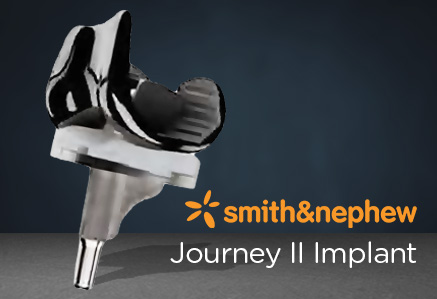Knee Sprains & Strains
When you participate in sports and physical fitness activities, you can injure the soft tissues of your body. Even simple everyday activities can damage these ligaments, tendons, and muscles.
Some of the soft-tissue injuries you are most likely to experience include:
- sprains
- strains
- contusions
- tendonitis
- bursitis
- stress injuries
Any of these can be the result of a single episode, such as a fall, a sudden twist, or a blow to the body.
You might also sustain one or more of these injuries because of repeated overuse, such as in ongoing athletic activities. In this case, small amounts of body stress accumulate slowly but steadily.
The result can be damage and pain.
Here are some of the injuries you are most likely to experience, along with suggested ways of treating them.
Sprains
The joints of your body are supported by ligaments. Ligaments are strong bands of connective tissue that connect one bone to another. A sprain is a simple stretch or tear of the ligaments.
The areas of your body that are most vulnerable to sprains are your ankles, knees, and wrists.
A sprained ankle can occur when your foot turns inward. This can put extreme tension on the ligaments of your outer ankle and cause a sprain.
A sprained knee can be the result of a sudden twist.
A wrist sprain most often occurs when you fall on an outstretched hand.
Most mild sprains heal with “R.I.C.E.” (rest, ice, compression, and elevation) and exercise. Moderate sprains may also require a period of bracing. The most severe sprains may require surgery to repair torn ligaments.
Strains
Your bones are supported by a combination of muscles and tendons. Tendons connect muscles to bones.
A strain is the result of an injury to either a muscle or a tendon, usually in your foot or leg. The strain may be a simple stretch in your muscle or tendon, or it may be a partial or complete tear in the muscle-and-tendon combination.
The recommended treatment for a strain is the same as for a sprain: rest, ice, compression, and elevation. This should be followed by simple exercises to relieve pain and restore mobility.
For a serious tear, the soft tissues may need to be repaired surgically.
Diagnosis
Physical Examination & Patient History
During your first visit, your doctor will talk to you about your symptoms and medical history. During the physical examination, your doctor will check all the structures of your injury, and compare them to your non-injured anatomy. Most injuries can be diagnosed with a thorough physical examination.
Imaging Tests
Imaging Tests Other tests which may help your doctor confirm your diagnosis include:
X-rays. Although they will not show any injury, x-rays can show whether the injury is associated with a broken bone.
Magnetic resonance imaging (MRI) scan. If your injury requires an MRI, this study is utilized to create a better image of soft tissues injuries. However, an MRI may not be required for your particular injury circumstance and will be ordered based on a thorough examination by your Peninsula Bone & Joint Clinic Orthopedic physician.
Treatment Options
Non-Surgical
If you are an athlete or a fitness enthusiast, you should pay close attention to your body’s warning signs.
Recreational athletes can help prevent injuries by a brief warm up, then stretching, before exercise.
Fatigue and pain are usually a signal that you are pressing too hard. Be sure to stretch thoroughly before your work-out, and stop before you are exhausted.
Stress injuries can also result from poor muscle balance, lack of flexibility, or weakness in soft tissues caused by previous injuries.
These injuries to the muscle, bone ligaments, and tendons may require a prolonged amount of time to heal, in spite of appropriate care.
Consult your orthopaedic surgeon for treatment of these injuries to the soft tissue and bone. Besides treating the problem, he or she can develop a program of exercise or rehabilitation to restore function.
Treatment Highlights






